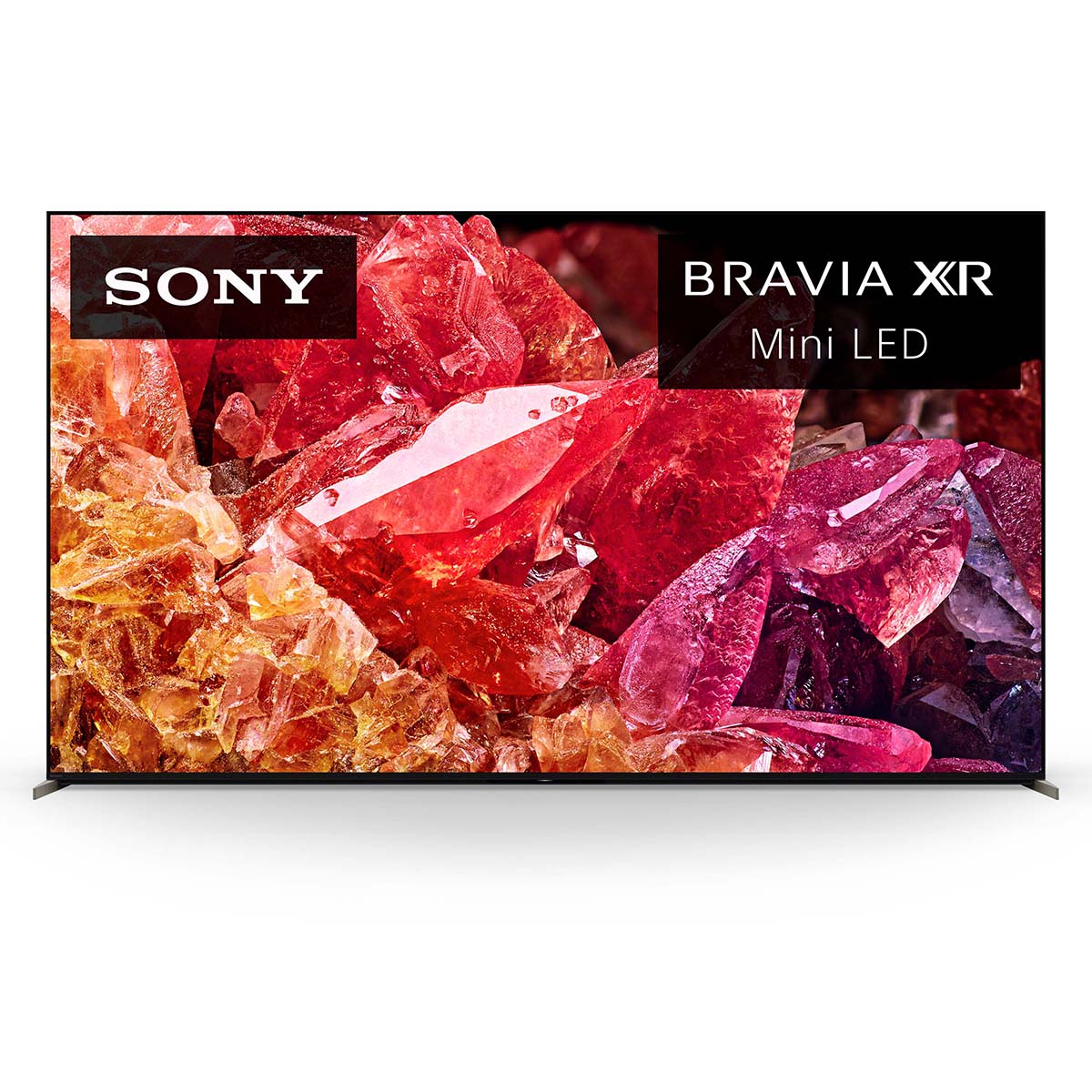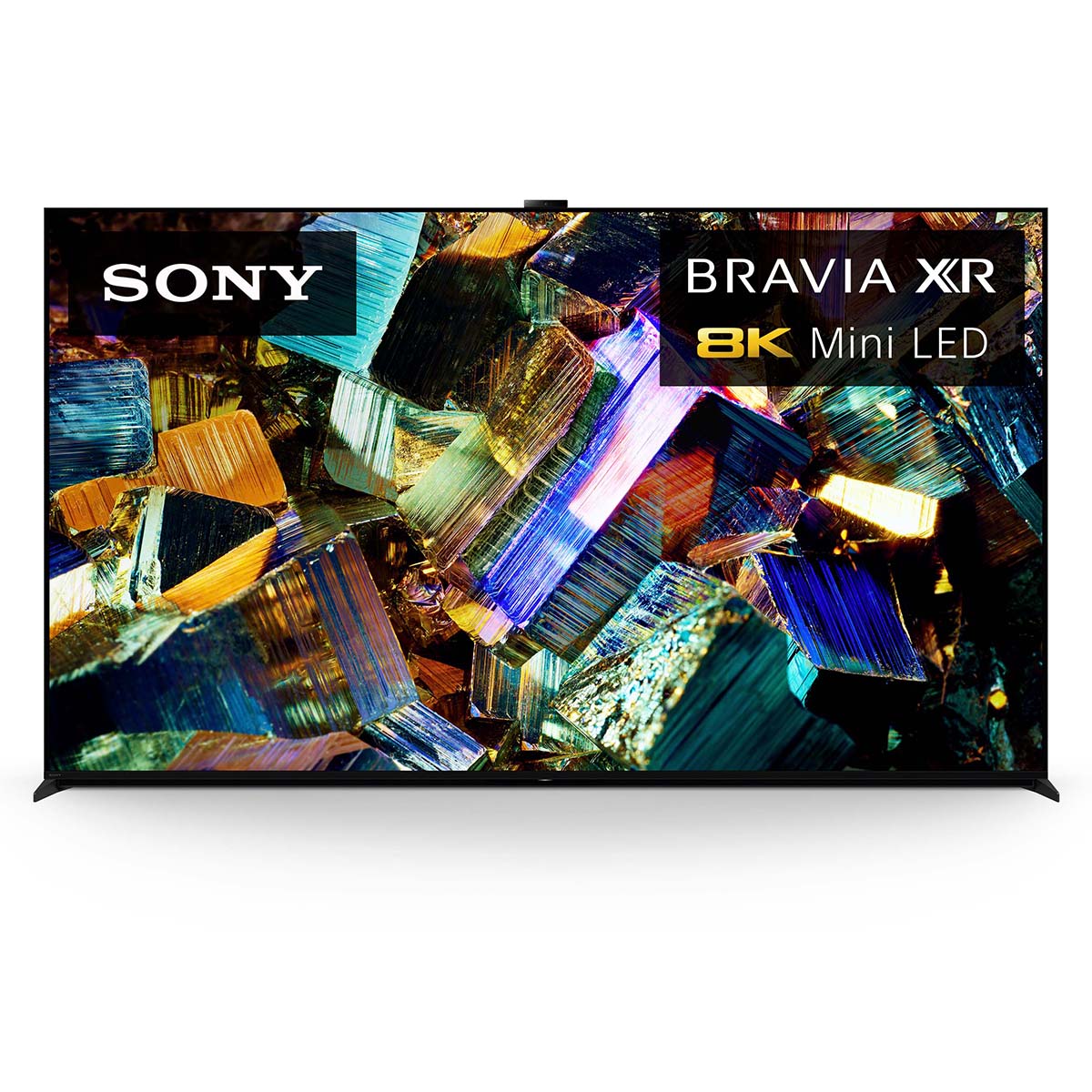Gaming
Most TVs these days have greatly improved input lag which used to be a big deal for gamers. However, OLED still holds an advantage in that it has a faster response time than LED. Since conventional LED sets are designed to be viewed straight on, many gamers may prefer LED types especially if they do not have a way to control the lighting coming into their room, which could cause some reflections on the screen while playing your game. You may not necessarily need the wider viewer angles of OLED TVs if you are someone who spends a lot of time gaming in a well-lit room directly in front of your TV — but the improved input lag and faster response time of OLEDs will likely give the most serious gamers a slight competitive advantage.
Whether you choose an OLED or an LED-type TV to game on, all of Sony’s best sets have at least two HDMI 2.1 inputs onboard this year. Not only can you connect two next-gen gaming consoles with the two inputs, but you also get the speed benefits of 48Gbps peak bit rate and 120 frames per second on 4K content. The great news is this reduces latency to as low as 8.5ms with Sony’s ALLM Game mode for a big edge in shooting, sports, and other games for instant on-screen action.
However, if you are going with OLED, this year Sony introduced a new Master Series OLED model that comes in smaller 42” & 48” sizes that will be great for gaming — there’s even a high-position stand available that turns the TV into a high-performance OLED gaming monitor!
Screen Size
The average TV size sold today is 65” and you will find many choices of both types in this size. However, once you go larger, there are no Sony choices in OLED and above 83”. So, if you are looking at a super large screen, you will likely go with an LED type, although we are happy to see new 77” Sony OLED displays positioned in the lineup for a great value.
Price
Here is where things have gotten trickier for 2022. It used to be that OLED sets cost far more than the same size LED. They still do but have gotten a lot closer. For example, a 65” LED from Sony with their best video processor will be about 40% less than the same size OLED with the same processor. However, since TVs have dropped so much in price — that 40% is only a few hundred dollars. And remember, you will likely keep your TV for 10-15 years and use it every single day.
For most people serious about getting a great picture, it will come down to their viewing environment. However, this year, now that Mini LED and QD-OLED TVs are on the scene, the bigger differences are getting harder to distinguish. If you can control the lighting in your room, OLED will still be the best choice for not that much more in cost if you are considering a 55” or 65” TV. As you get larger in OLED, the price does start to jump up.
However, Mini LED and QD-OLED panels offer significant improvements and advantages over conventional LED technology and we will discuss these more as we go over each new model in this year’s lineup.



































